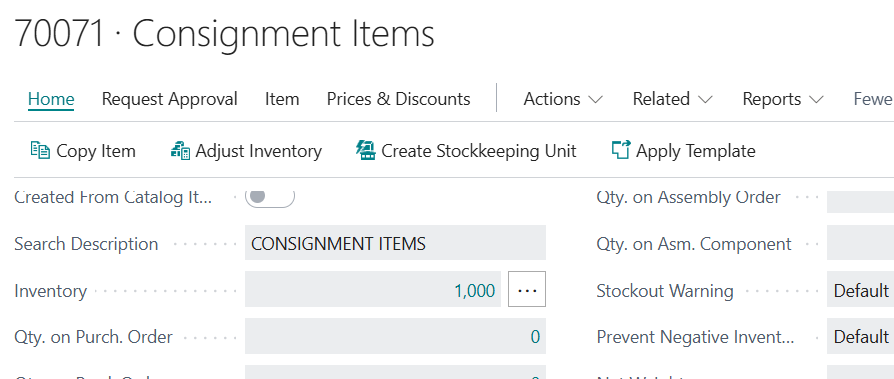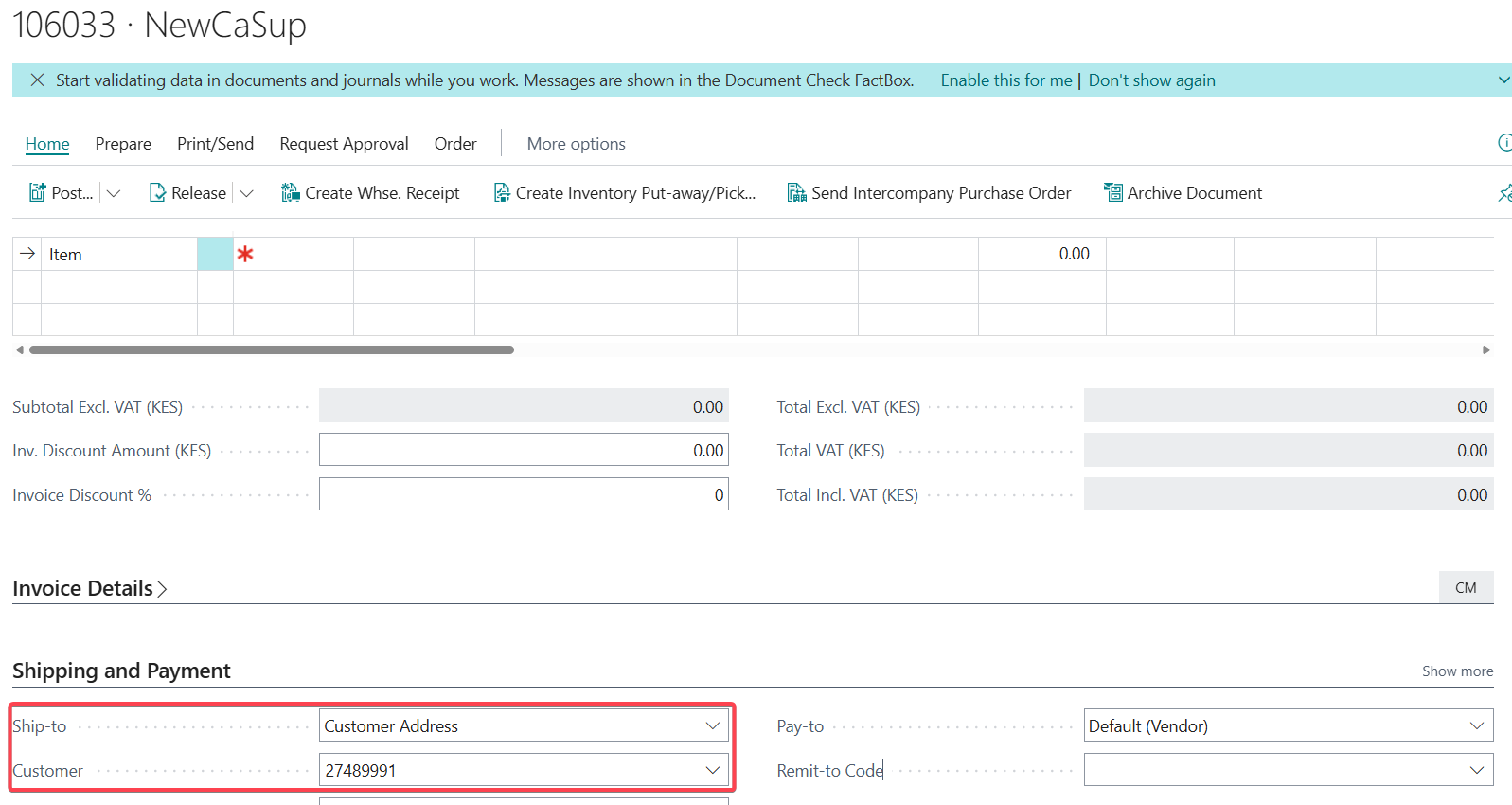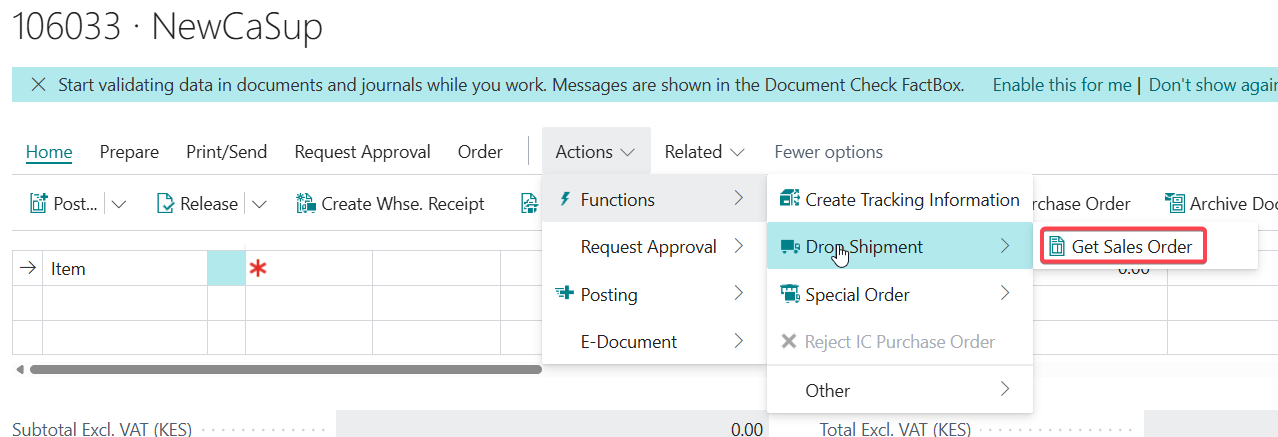Inventory Scenario : Dropshipping & Consignment
Hi Readers,
We will start with consignment.
Consignment Inventory
With consignment, the vendor delivers goods to your warehouse, but ownership remains with the vendor until you actually consume or sell the items.
You physically store the items, but they don’t appear in your inventory valuation.
Below is a sample setup for such a scenario which can be improved on:
A. Receiving stock with a PO using zero unit cost when vendor delivers the good to site.


B. Make a sales invoice for the customer sales when sales are made.


C. Invoice the vendor once they send you an invoice for the items you have sold.
For my invoice, I will use a Cost of Consignment account on the lines.


Dropshipping Inventory
In dropshipping , instead of bringing stock into your warehouse, the vendor ships items directly to your customer on your behalf.
You never touch the goods, but you still handle the sales and purchase transactions in the system.
For this we will have a sample setup below:
A. Set up Purchasing Order to support the drop shipment process

B. When the customers makes an order, create a sales order.
In the sales line expose a field called Purchasing Code and assign the Drop Shipment Code

C. If customer has paid the amount for the order, you can do a prepayment invoice and receipt money in the bank
D. Create a purchase invoice.
Do not add any purchase lines. In the Ship-to field, select Customer Address.
In the Customer field, select the customer that you're selling to.

Choose the Drop Shipments action, and then choose the Get Sales Order action.

On the Sales List page, select the sales order that you prepared.

The purchase lines will be added and you can add the price offered to you by the droshipping vendor.
D. Once the shipment is confirmed by customer, you receive the stock on the Purchase Order → this will update both the Quantity Received on the purchase order and the Quantity Shipped on the sales order linked to the purchase order.
E. Invoice the sales order.
F. Invoice the purchase order thus completing the transaction.
ENDS.